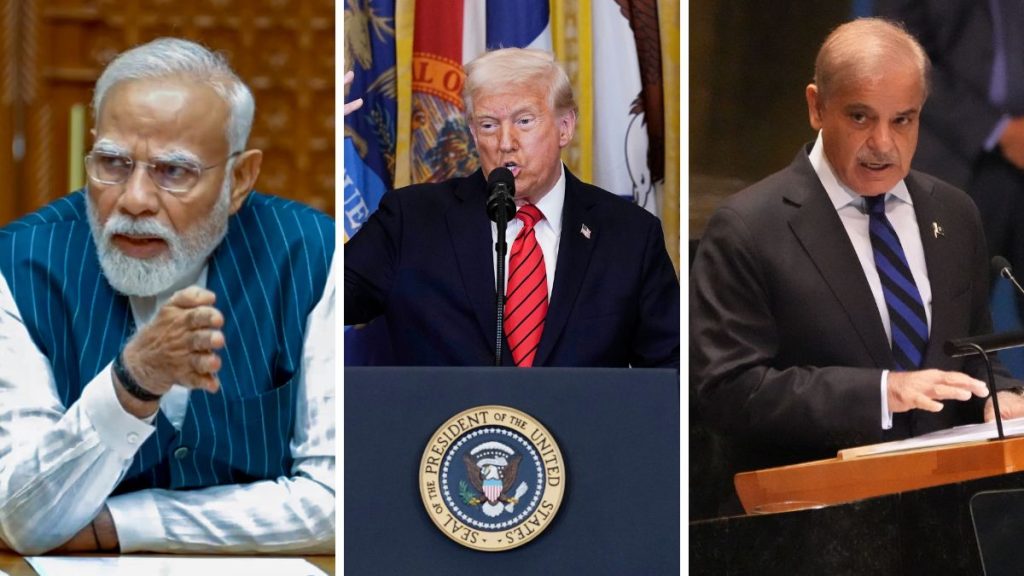NEW DELHI / WASHINGTON: United States President Donald Trump has shocked Indian policymakers by imposing an additional 25% tariff on goods imported from India. This move comes as a direct penalty for India’s ongoing purchase of Russian oil, pushing the total duty to a steep 50%. With this action, India now faces one of the highest import duties under Trump’s trade policy.
The executive order, issued on Wednesday, declares Russia’s military involvement in Ukraine as a national emergency. Trump stated that India’s continued buying of Russian petroleum justifies stricter economic measures. He claimed the Indian government was “directly or indirectly” supporting Russia’s oil exports, posing a threat to America’s national security.
This latest round of US-India trade tensions follows five unsuccessful negotiations between both countries. Indian trade officials were optimistic about a breakthrough and had hoped tariffs would be capped at just 15%. They even believed Trump would personally announce the trade deal before the August 1 deadline. That announcement never came.
Instead, India now faces additional tariffs starting Friday, along with unspecified penalties linked to its Russian oil imports. Meanwhile, Trump has offered better terms to countries like Japan, the European Union, and even Pakistan—India’s traditional rival. Brazil remains the only other country slapped with the same 50% tariff rate.
India’s Ministry of External Affairs issued a strong reaction, calling the new duties “unfair, unjustified and unreasonable.” The ministry asked why India was being singled out, even though several other nations are also buying Russian oil. It clarified that India’s oil imports are based on market needs and energy security for its 1.4 billion citizens. The statement called the move “extremely unfortunate.”
Despite five detailed rounds of trade talks, the two countries failed to reach a deal. In April, U.S. Vice President JD Vance even visited New Delhi to lead negotiations. But that effort ended in disappointment. Analysts now describe this as the worst phase in US-India trade relations in recent years.
In stark contrast, Pakistan is experiencing a surprising diplomatic success. Trump’s administration has imposed only a 19% tariff on Pakistani goods—far less than India’s. Despite American concerns about Iran, Pakistan continues to maintain friendly ties with both Iran and China. Observers say Islamabad’s ability to balance relationships without attracting harsh penalties marks a major win in its current foreign policy.
With Washington tightening pressure on India, and favoring countries like Pakistan in trade deals, global watchers believe that New Delhi may have overestimated its leverage. The current trade conflict highlights deep cracks in the so-called strategic partnership between the U.S. and India.


